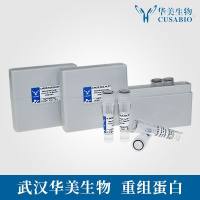Role of Accessory Molecules in the Superantigen-Induced Activation of Peripheral Blood T Cells
互联网
互联网
相关产品推荐

Human soluble adhesion molecules,Sam ELISA Kit
¥2890

Recombinant-Mouse-Selection-and-upkeep-of-intraepithelial-T-cells-protein-10Skint10Selection and upkeep of intraepithelial T-cells protein 10; Skint-10
¥11466

Recombinant-Human-G-protein-coupled-receptor-family-C-group-5-member-BGPRC5BG-protein coupled receptor family C group 5 member B Alternative name(s): A-69G12.1 Retinoic acid-induced gene 2 protein; RAIG-2
¥12110

SP/SP蛋白Recombinant Fruit fly Accessory gland-specific peptide 70A (SP)重组蛋白Paragonial peptide B Sex peptide Short name: SP蛋白
¥2832

P试剂盒,用于样本中血磷浓度检测,Blood Phosphate Assay Kit
¥169

